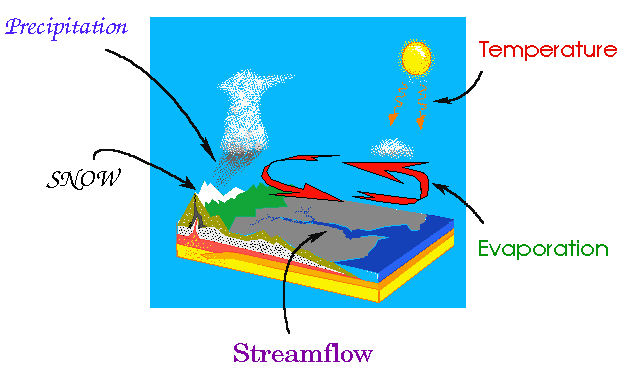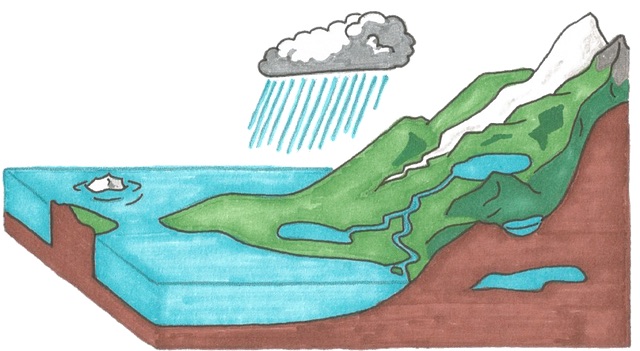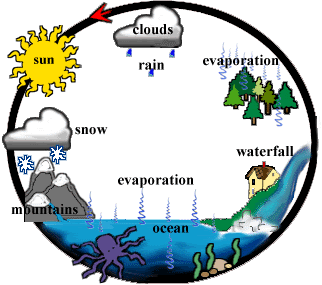

Additionally, snowmelt can be a key driver of hydrological hazards (Chen et al., 2015), such as spring floods (Blöschl et al., 2017), summer droughts, and rain-on-snow (ROS) events (Freudiger, Kohn, Stahl, & Weiler, 2014). The dynamics of snow accumulation, storage, and melting play a major role in hydrological, ecological, and geomorphological processes (Chen, Liang, Cao, He, & Wang, 2015) and for domestic, industrial, and agricultural water use (Barnett et al., 2005), as well as for hydropower production (Schaefli, 2015). In the year 2000, around one sixth of the World's population was living in places with snow-dominated water resources and with low artificial water storage capacity, that is, using water resources heavily reliant on the natural water storage capacity of snow (Barnett, Adam, & Lettenmaier, 2005).

Depending on the different meteorological conditions, the temporary accumulation of water in the form of snow shifts daily, seasonally, and annually, from the period when precipitation falls as snow to the period when water is released via sublimation and melting.

Snow is thus a key element of both the Earth's hydrological cycle and its surface energy balance (Frei et al., 2012). In fact, more than 50% of North America and Eurasia are seasonally snow covered. Seasonal snow covers 47 million km 2 or 30% of the Earth's land surface, with 98% of this cover located in the Northern Hemisphere, specifically in North America and Eurasia (Brodzik & Armstrong, 2017 Robinson, Dewey, & Heim, 1993).

A detailed account is given of how the variability in isotopic composition of snow changes from precipitation to final melting. This review summarizes the state of knowledge of how different hydrometeorological processes affect the isotopic composition of snow in its different forms (snowfall, snowpack, and snowmelt), and, through selected examples, discusses how stable water isotopes can provide a better understanding of snow hydrological processes. Snowfall may have different stable isotopic compositions compared with rainfall, allowing its contribution to potentially be tracked through the hydrological cycle.


 0 kommentar(er)
0 kommentar(er)
